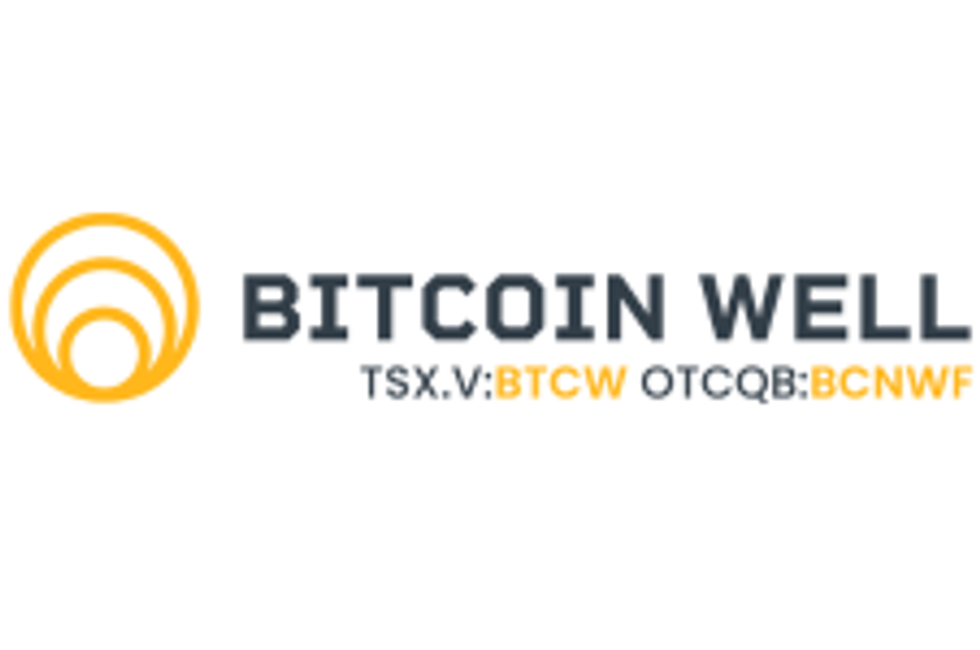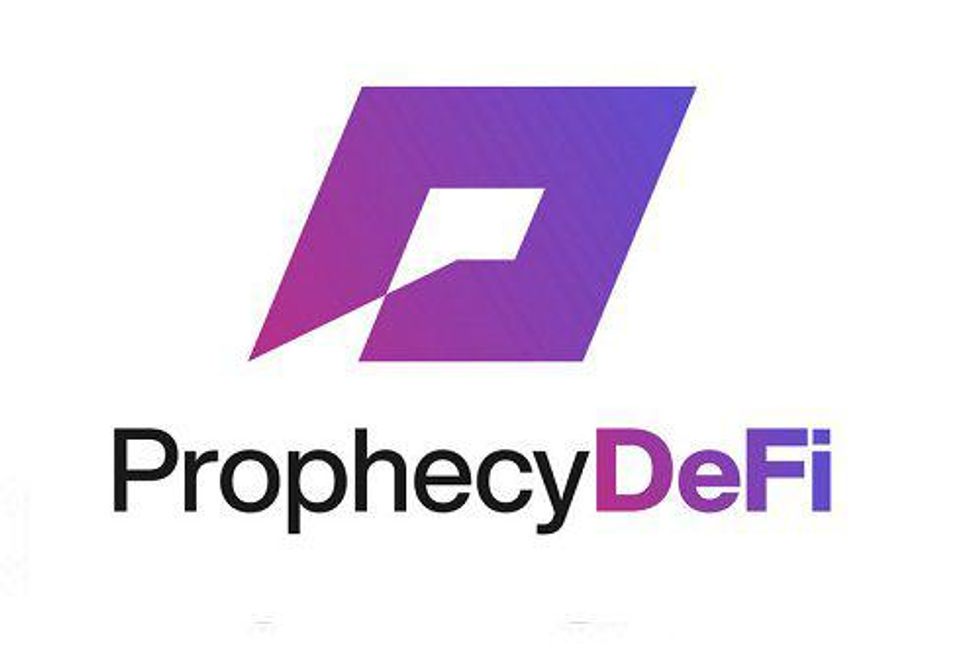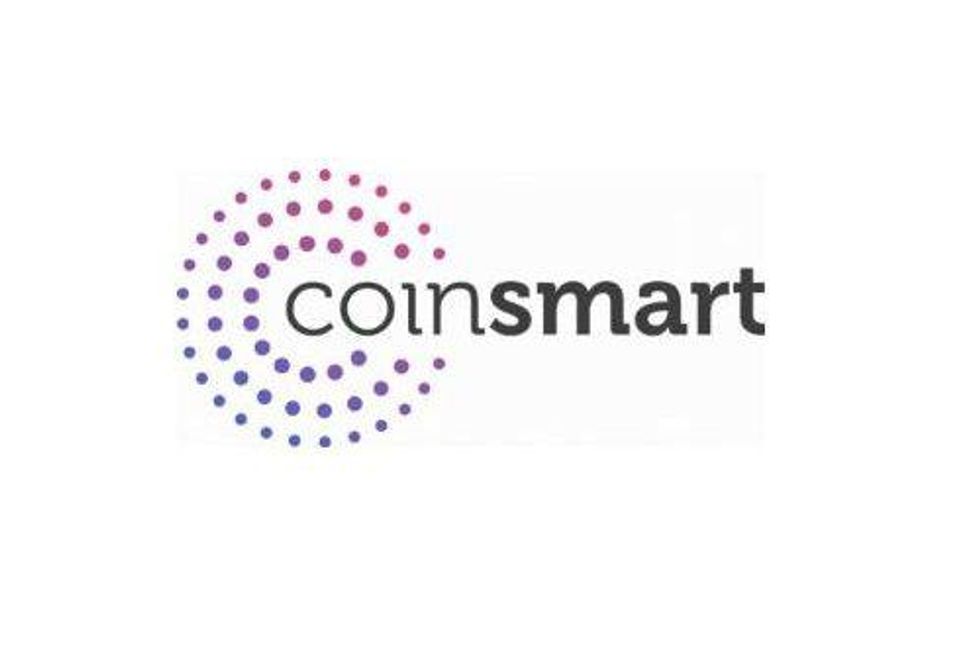How to Invest in the Metaverse
The metaverse is gaining global attention. But what exactly is it, and how can interested investors gain exposure?

The metaverse promises to introduce user-owned assets and create an immersive experience well beyond what's currently offered by virtual and augmented reality (AR). Is it the next evolution of the internet?
Early estimates indicate big potential for this new corner of the tech landscape. In fact, Grand View Research estimates that the metaverse may become the next major tech platform and reach more than a US$936 billion market cap by 2030.
The metaverse is a collective term for immersive 3D worlds designed for users to interact, meet and game within a single platform. This immersion is made possible via mixed reality (MR), AR and virtual reality (VR) technologies. Typically, the term metaverse also implies user-owned assets using non-fungible tokens (NFTs) and in-world cryptocurrencies for transactions. However, Meta Platforms’ (NASDAQ:META) proprietary Metaverse does not include blockchain-based technologies, and not all do.
There are several different ways you can invest in the metaverse: cryptocurrencies, NFTs, companies manufacturing next-gen hardware, social media companies and even exchange-traded funds (ETFs).
Are metaverse investments the right addition to your portfolio? Keep reading to learn more about this potentially revolutionary technology and how you can invest in it to match your risk tolerance.
What is the metaverse?
The goal of the metaverse is to bring together various emerging and existing technologies to create a new connected virtual world. Blockchain technology, VR and interconnected platforms form the basis of this emerging virtual world.
Investing in the metaverse ranges from medium to high risk depending on which aspects you invest in.
For example, investing in technology leader NVIDIA (NASDAQ:NVDA) for its role in supporting the metaverse’s graphics is less risky than buying virtual land. If the metaverse fails to achieve mainstream adoption, NVIDIA is still a major graphics card manufacturer, but your virtual land may lose all of its value.
What about Meta’s metaverse?
Meta Platforms, formerly Facebook, changed its name as part of its transition to creating its own metaverse. However, it's important to understand that Meta’s platform is not typically how the broader tech world defines a metaverse. For example, it does not include user-owned assets, blockchain technology or cross-platform compatibility.
Meta’s take on the metaverse is an isolated virtual world intended to represent the next evolution of the Facebook platform. Mark Zuckerberg’s significant investment in the company's new platform has recently become controversial. The firm's share value dropped by 66.79 percent, and Meta had to lay off roughly 13 percent of its workforce in late 2022. The mass firing was the first time Meta has ever had to do a round of cutbacks.
More recently, Meta reduced the purchase price for its VR headsets in an effort to improve the financial outlook of its Reality Labs metaverse unit in the face of decreasing sales.
Is there a future for Zuckerberg’s metaverse? That remains to be seen, but investors need to differentiate between Meta’s version and the broader meaning of the metaverse.
How does the metaverse work?
The metaverse aims to become the new way people spend time online. There are currently several individual metaverse projects, but the ultimate goal is the creation of a single metaverse that connects individual worlds. It’s similar to how the internet works, connecting websites and apps together in a single network.
Landmark blockchain-based metaverses like Decentraland and the Sandbox, combined with the rise of NFTs, brought about a surge of interest and curiosity about what’s possible with a metaverse.
However, metaverse proponents still disagree about some aspects of its definition and what will create a true metaverse. Some common characteristics that most agree on are:
- An immersive experience: The core technology behind the metaverse is a new level of immersion provided by VR. However, some proponents also say there is potential for AR for some aspects of the metaverse.
- Cross-platform compatibility: The goal is to create a singular metaverse in which developers and organizations can integrate their own platforms. For example, you may log on and visit Roblox’s world, head to a popular clothing store's digital shop front to buy a new NFT outfit and watch a popular artist's concert.
- User-owned assets: Blockchain technology will underpin the economy of the metaverse. NFTs will represent individual assets, while specialized cryptocurrencies will be in-world currencies.
Currently, the metaverse is focusing on gaming and creating virtual social environments. Anyone can use the metaverse even without a VR headset, as most projects have web-based portals. In fact, online worlds that do not require VR have been around for decades, including 2003's Second Life. However, VR headsets are ideal for a truly immersive experience and are expected to become increasingly necessary as the virtual world evolves.
In the future, developers imagine the metaverse as a place where businesses can meet, transact and even set up shop for consumers. Essentially, every use case of the internet is intended to move into the metaverse eventually.
What's the outlook for the metaverse?
The metaverse is getting plenty of attention due to its vision, disruptive potential and the success of early projects. Furthermore, interest in NFTs is contributing as the metaverse will give NFTs additional uses.
What is the future of the metaverse? Projections for its future value vary significantly based on the assets analysts include in the metaverse market and how they evaluate growth. As mentioned, Grand View Research projects a US$936 billion market cap for the metaverse by 2030. But a study by Precedence Research estimates US$1.6 trillion by 2030 with a CAGR of 50.74 percent, and a projection from Research and Markets conservatively suggests US$224 billion by 2030.
Unfortunately consensus is hard to find due to all the moving pieces, emerging technologies and lack of historical data.
Ultimately, it’s worth considering how the metaverse will continue to grow, develop and become adopted by consumers.
Cryptocurrencies and blockchain technologies are infamous for boom/bust cycles, while VR/AR has continually captured imaginations and undergone steady improvements, but has not yet achieved the ubiquity some expected. The promise of an inter-connected VR is intriguing to some, while others don’t want to spend most of their time in a VR headset.
If the metaverse does succeed in capturing mainstream attention as development continues, the potential could become as significant as investing in the core technologies of the internet in its early days.
Let’s discuss how you can invest in the metaverse to match your risk tolerance.
How to invest in the metaverse?
You can invest in the metaverse in a few different ways, each with varying risk levels. Key metaverse investments include:
- Metaverse-related stocks: Manufacturers of VR headsets (Sony (NYSE:SONY), Meta, HP (NYSE:HPQ)), video cards (NVIDIA, AMD (NASDAQ:AMD)), software companies (Unity (NYSE:U), Meta) and cloud computing (Amazon's (NASDAQ:AMZN) AWS, Microsoft's (NASDAQ:MSFT) Azure) all support different aspects of the metaverse. Investing in these companies is less risky than other options, as they aren’t entirely reliant on the metaverse for growing value.
- Metaverse ETFs: Multiple metaverse ETFs have emerged due to growing interest. They contain a mix of metaverse- and blockchain-focused companies and broader technology companies like the ones mentioned above. These ETFs include:
- Fidelity Metaverse ETF (NASDAQ:FMET)
- Roundhill Ball Metaverse ETF (ARCA:METV)
- Subversive ETFs (BATS:PUNK)
- VERS Metaverse ETF (ARCA:VERS)
- Metaverse-related cryptocurrencies: Cryptocurrencies intended for use within the metaverse have the potential to grow in value as development and adoption continue. Cryptocurrencies are MANA and SAND are both used in current projects.
- NFTs and virtual land: Blockchain-based assets promise users actual ownership of digital assets that cannot be taken away by a third party, but can be freely traded to other users. NFTs include virtual land ownership in addition to nearly everything in the metaverse, including clothes, food and sports cars.
Each category has unique pros and cons worth considering:
- Individual companies can be a safer bet if they have broader offerings that aren’t exclusive to the metaverse. For example, even if the metaverse fails to achieve its goals, Unity's game development platform will still be in demand.
- Metaverse ETFs can be an excellent way to benefit from the growth of several companies without needing to buy individual shares. However, just like other ETFs, take the time to read the prospectus and examine the composition to pick which one matches your risk tolerance.
- NFTs and cryptocurrencies focusing on the metaverse are extremely high-risk options, but also have high potential for growth depending on development and adoption.
Investor takeaway
The metaverse is still in its early stages, but it has captured the imagination of developers and consumers alike. Even so, it remains to be seen whether it will become the next evolution of online browsing or a small niche of the greater tech landscape.
Before investing in the metaverse it's worth considering your risk tolerance and opinions about future adoption. Unfortunately, there is minimal historical data to evaluate, leaving current projections largely up to speculation.
Take caution when investing in NFTs and cryptocurrencies. They are risky investments and can open you up to additional risks, such as fraud and cyber attacks. Research every potential investment thoroughly and understand how to set up and use cryptocurrency wallets, especially the Web3 wallets used with NFTs.
This is an updated version of an article first published by the Investing News Network in 2022.
Don't forget to follow us @INN_Technology for real-time news updates!
Securities Disclosure: I, Melissa Pistilli, hold no direct investment interest in any company mentioned in this article.





